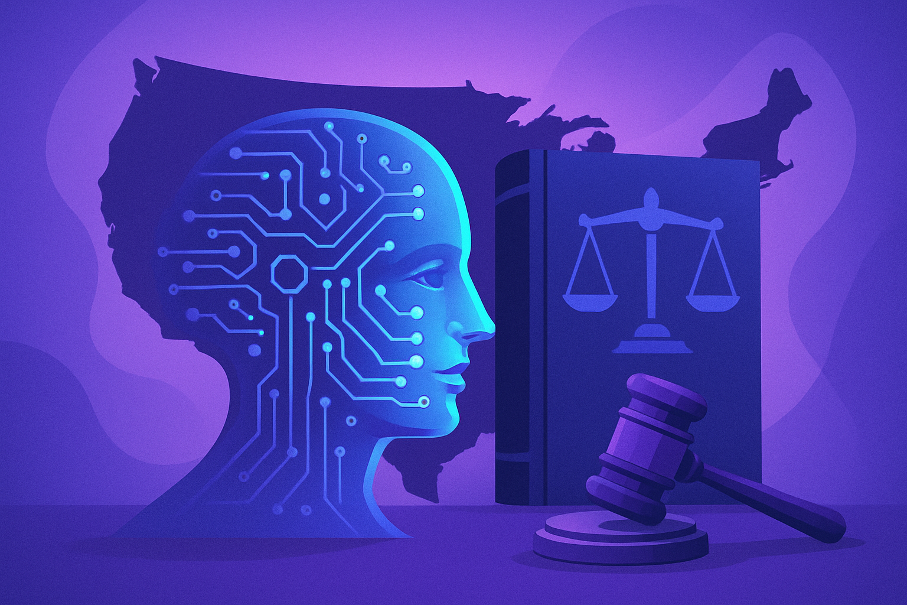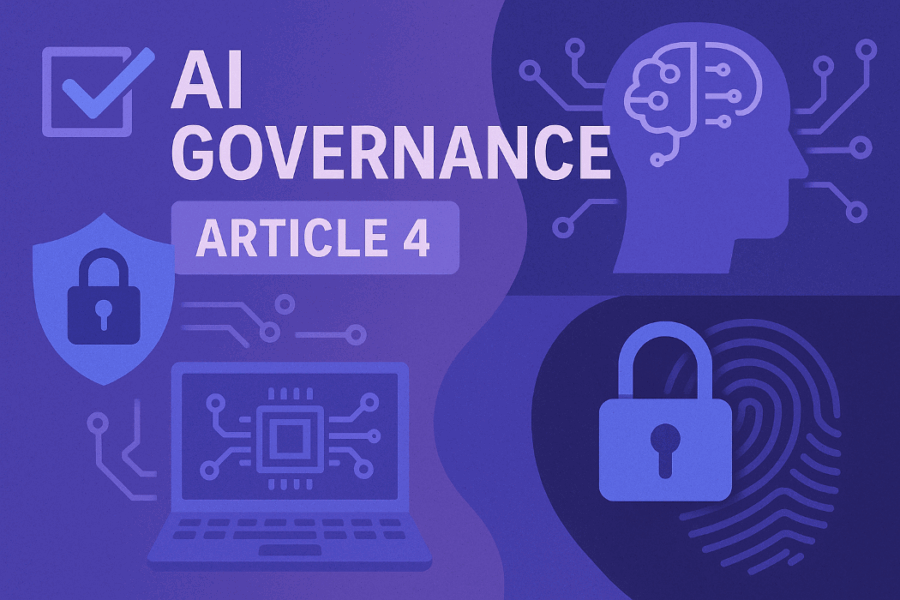The August 2025 EU AI Act deadline introduces new compliance requirements for General-Purpose AI (GPAI) providers — including technical documentation, transparency reporting, and systemic risk assessments. Failing to comply can result in fines up to €35 million or 7% of global turnover. Here’s what you need to know and how to prepare.
What Are the August 2025 EU AI Act Deadlines?
On August 2, 2025, the EU AI Act reached its next major milestone.
These rules expand on the prohibited practices that took effect in February 2025 and introduce binding obligations for GPAI providers, as well as the EU’s full enforcement framework.
Key GPAI Provider Obligations
If your company develops or provides a GPAI model (e.g., large language or multimodal model) in the EU market, you must now:
- Maintain technical documentation detailing development, training, and evaluation.
- Publish transparency reports describing model capabilities, limitations, and risks.
- Provide data summaries of training data, including sources and copyright compliance.
Extra Rules for Systemic Risk Models
For GPAI models with “systemic risk” (e.g., >10²⁵ FLOPs training size), you must also:
- Assess and mitigate risks such as cyber misuse or disinformation.
- Conduct adversarial testing.
- Report serious incidents to the European AI Office.
EU AI Act Enforcement Framework
From August 2025, the EU’s compliance infrastructure is fully operational:
- National Competent Authorities oversee market surveillance in each member state.
- European AI Office coordinates enforcement for GPAI and systemic risk models.
- Scientific Panel monitors and evaluates models for compliance risks.
EU AI Act Penalties (August 2025)
| Violation | Maximum Fine | % of Global Turnover |
| Prohibited AI practices | €35M | 7% |
| GPAI obligations | €15M | 3% |
| Providing misleading info | €7.5M | 1% |
How to Prepare for EU AI Act Compliance
- Identify Your AI Systems – Inventory all AI models and assess systemic risk status.
- Document & Report – Create technical documentation, transparency reports, and data summaries.
- Mitigate Risks – Implement adversarial testing and incident reporting processes.
- Build Internal Governance – Align legal, product, and engineering teams.
- Monitor Codes of Practice – Follow EU guidance for GPAI compliance.
How Cranium Helps You Meet EU AI Act Milestones
Cranium’s platform equips global teams to:
- Discover AI systems (internal & vendor) with CodeSensor and DetectAI.
- Document & Verify with autogenerated AI Cards, AI BOMs, and AutoAttest.
- Red Team with Arena, powered by real-world threat intel.
- Remediate automatically with Shield guardrails.
- Track & Align with EU AI Act, NIST AI RMF, ISO/IEC 42001, and U.S. state frameworks.
The EU AI Act’s August 2025 deadlines are a pivotal moment for AI governance. By taking proactive steps now, organizations can not only meet these requirements but also build a foundation for long-term trust and innovation in the AI space.
FAQ: EU AI Act August 2025 Deadline
Q: Who must comply with the August 2025 EU AI Act provisions?
A: GPAI providers placing models on the EU market, especially those with systemic risk.
Q: What is the European AI Office’s role?
A: It coordinates GPAI enforcement and systemic risk monitoring across the EU.
Q: What are the penalties for non-compliance?
A: Up to €35M or 7% of global turnover for prohibited practices, €15M or 3% for GPAI violations.





